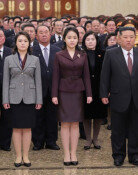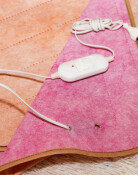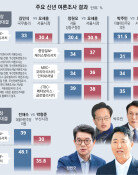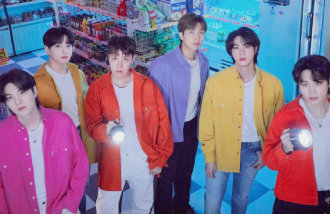A Big Fish in a Small Pond is the Business Model of Mini Companies
A Big Fish in a Small Pond is the Business Model of Mini Companies
Posted March. 17, 2007 07:43,
Gaining Success in a Niche Market-
Most of worlds best mini-companies are recording substantial performance with differentiated technologies in niche markets. They share a similar view on the reality, We are not big corporations.
Analytical solution provider FOSS in Denmark accounts for 85 percent or more of worlds analytical solution market.
With a market size of about 200 billion won, it is a somewhat small niche market for big corporations to jump into. FOSS found the niche and has remained as the number one company in the world for more than five decades.
Taiwans HYC is a mini-company accounting for 2.5 percent of the worlds conveyor belt market. However, when it comes to its device used to increase milk production, its agricultural nontoxic conveyor belt, the company ranks first or second in the world.
Swiss MBT posted 600 billion won in sales last year by selling shoes. Their shoes are, however, not just ordinary ones but specially designed to give exercise effects while maintaining a feeling of comfort. Although the shoes sell at a high price of 300,000 won a pair, last year alone, two million pairs of MBT shoes were sold in 20 countries around the world.
Betting the Future on Technological Development-
The worlds best mini-companies are focusing on securing world-class technologies through bold investments in the R&D sector.
Gatsometer, a traffic enforcement equipment manufacturer in the Netherlands, invests 3 million euros (about 3.7 billion won) in R&D out of its annual net profit of 3.5 million euros (4.4 billion won). Although the company exports 85 percent of its product to the overseas market, it does not have local sales branches in its exporting countries. The company thinks that enhancing technological capabilities is much more helpful to running a business in the long term than spending more in marketing expenditures.
Vaisala, Finlands weather monitoring equipment manufacturer, reinvests 15 percent of its annual sales profit in R&D. At some point in the mid-1980s, spending in R&D reached 25 percent of annual sales profit.
Austrias Frequentis, which produces an air traffic controlling system, is pursuing technology-oriented management with 400 engineers out of 621 total employees.
Flexible Organization and Innovative Ways of Thinking-
Oticon, a hearing device manufacturer of Denmark, does not require workers to show up at a certain hour. As long as workers are able to manage their daily work, they can come to the company at any hour. There is no official hour to leave the office, either. So it is easy to see employees working until late hours into the night. In order to solve the issue of a lack of communication among workers, the company removed cubicles in the office. Gatsometer also is one big office with no cubicles.
Kitanihon Seiki Co., a company concentrating in super-small special bearing technology, is maintaining its dual production system under which high-added-value products are made at the headquarters in Hokkaido and general-purpose products are made in Shanghai, China.
Shicoh Engineering, which produces super-small motors of two to three millimeters in diameter, emphasizes original ideas and the need to create a new market. This explains why the company is named shicoh, meaning thinking in Japanese.
Many companies place a top priority on making products to meet the needs of customers. Royal Huisman, a yacht manufacturer in the Netherlands, has customers participate in the entire process of manufacturing yachts to fully reflect their own customers tastes.
ICOS Vision, which manufactures and sells inspection systems for the semiconductor packaging industry, requires its researchers to participate in its marketing meetings to help them understand the market.
Competitiveness of CEOs Leads to That of Companies-
In the mini-companies that have successfully joined the ranks of world-class companies, there are CEOs with perspective and craftsmanship.
CEO Masayuki Okano of Okano Engineering, a Japanese mold and press manufacturer, sticks to a thorough craftsmanship. He says, In the world of craftsmen, there is no need for a chairman who just manages a company. He even has had representative worker put on his business card.
President Rudolf Gudel of Gudel, a Swiss automation robot manufacturer, walks in the plants in a working uniform, participating in product design and production.
Even professional managers often times work at the same companies for more than 10 years because by doing so, they can truly manage a company with long-term goals rather than short-term performance.
For example, Morris Van Lin of Bega Cheese in Australia had worked as a CEO for 15 years from 1990 to 2005, and now works as an overseas sales manager.







